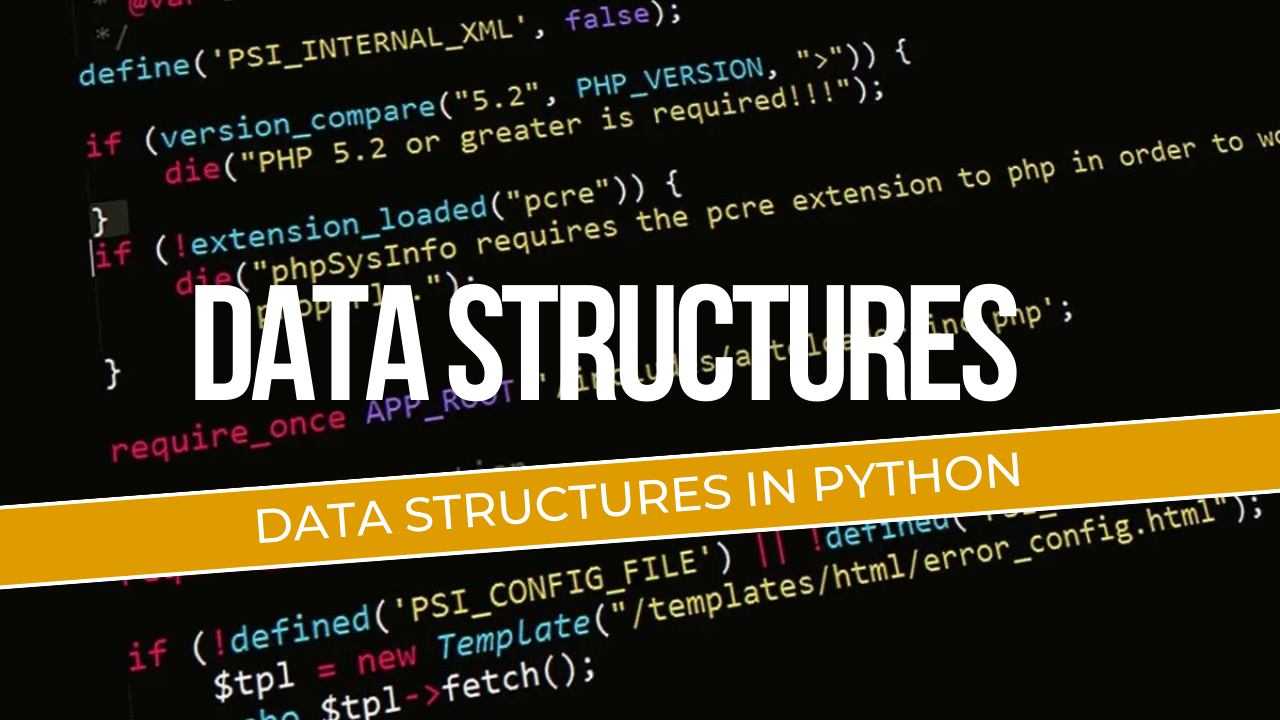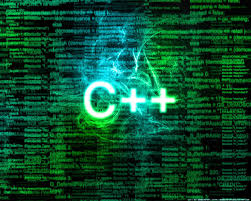
Hey there, tech enthusiasts! Have you ever wondered how to turbocharge your programming efficiency in C++? Understanding and utilizing data structures effectively is your answer. This blog will serve as your ultimate guide to mastering data structures in C++, covering everything from the basics to the more advanced structures. Whether you’re preparing for an interview, working on a project, or just looking to enhance your programming skills, you’re in the right place!
What Are Data Structures?
At its core, data structures are all about organizing data in a way that enables efficient access and modification. In C++, data structures range from the simple arrays to more complex entities like trees and graphs. They’re crucial for creating fast and powerful algorithms, and they help manage and process data efficiently, which is a backbone for any robust application.

Key Data Structures in C++ and Their Applications
Arrays
- Definition: An array is a collection of items stored at contiguous memory locations.
- Use-case: Perfect for accessing elements via an index. Arrays are used in almost every program you write, from simple data logging to complex number crunching.
Linked Lists
- Definition: Consists of nodes that together represent a sequence. Each node contains data and a reference (or link) to the next node in the sequence.
- Use-case: Ideal for applications with dynamic data, where frequent insertion and deletion operations are involved.
Stacks
- Definition: A stack is a collection of elements, with two main principal operations: push, which adds to the collection, and pop, which removes the most recently added element.
- Use-case: Useful in function call management in recursion, parsing, and algorithmic problem solving like depth-first search.
Queues
- Definition: A queue is a collection of entities that are maintained in a sequence and can be modified by the addition of entities at one end of the sequence and the removal from the other end of the sequence.
- Use-case: Essential in breadth-first search algorithms, CPU scheduling, and handling of requests in real-time systems where the first request needs to be processed first.
Trees
- Definition: A tree is a non-linear data structure compared to arrays, linked lists, stacks, and queues which are linear data structures. A tree data structure has a root, branches, and leaves.
- Use-case: Trees are vital in maintaining hierarchically structured data, like folder structures, organizational structures, and XML/HTML data.
Graphs
- Definition: Graphs are collections of nodes or vertices connected by edges. It can be directed or undirected.
- Use-case: Great for modeling networks, such as social connections, communications networks, and transport networks.
Ultimate Power of Pointers in C you have to know
Practical Implementation Tips
- Choose the Right Data Structure: Analyze your project’s needs and choose the most appropriate data structure. For example, use graphs for network-based applications, arrays for static data storage.
- Memory Management: C++ gives you the power of manual memory management. Use it wisely to handle your data structures efficiently.
- Code Reusability: Make your code modular, reusable, and maintainable by encapsulating your data structures into classes and functions.
it’s here C++ vs java has to know.
Conclusion
Alright, now that we’ve navigated through the essential data structures in C++, you should feel more confident in choosing and implementing the right ones for your projects. Remember, the key to becoming proficient in C++ is practice and more practice.

